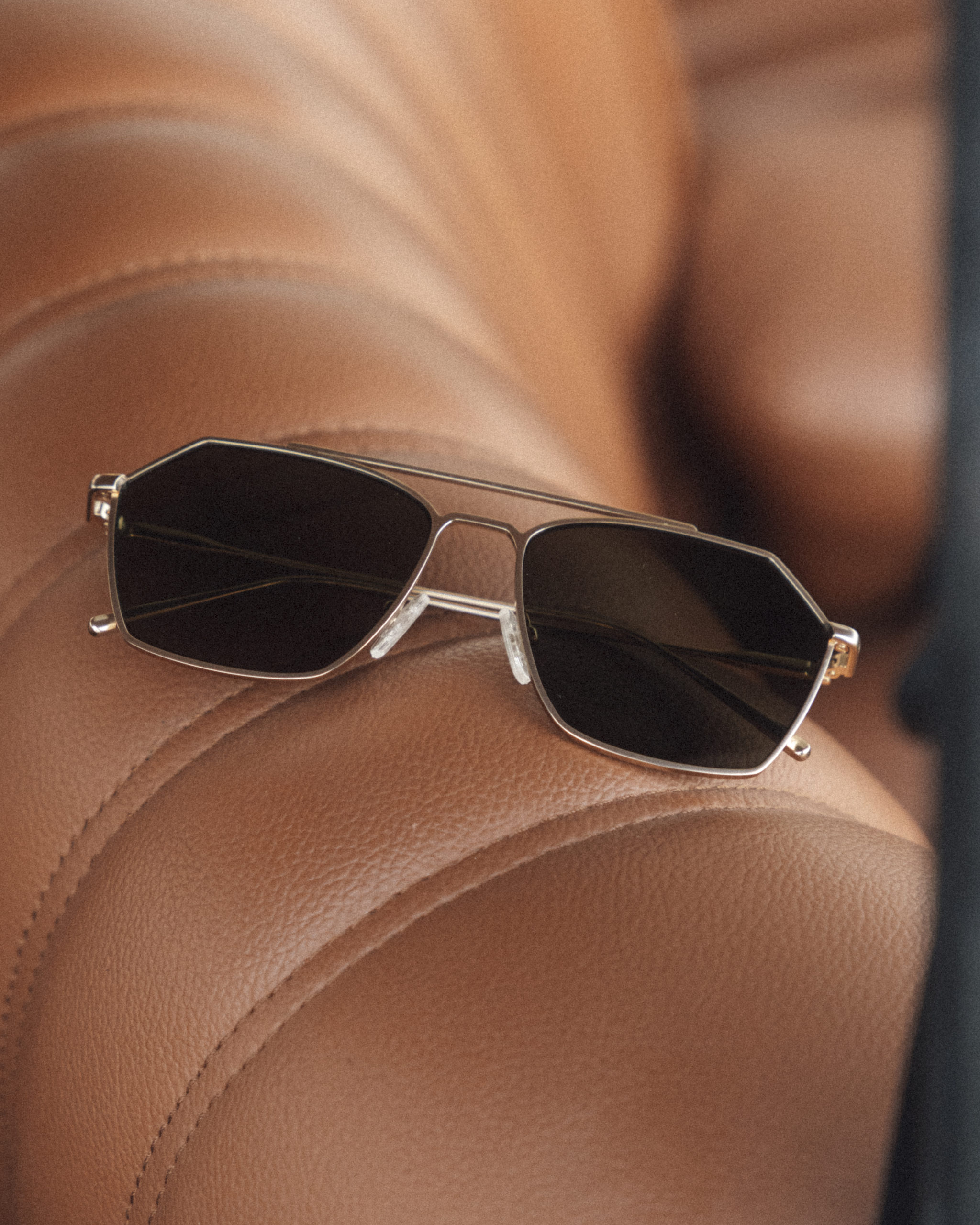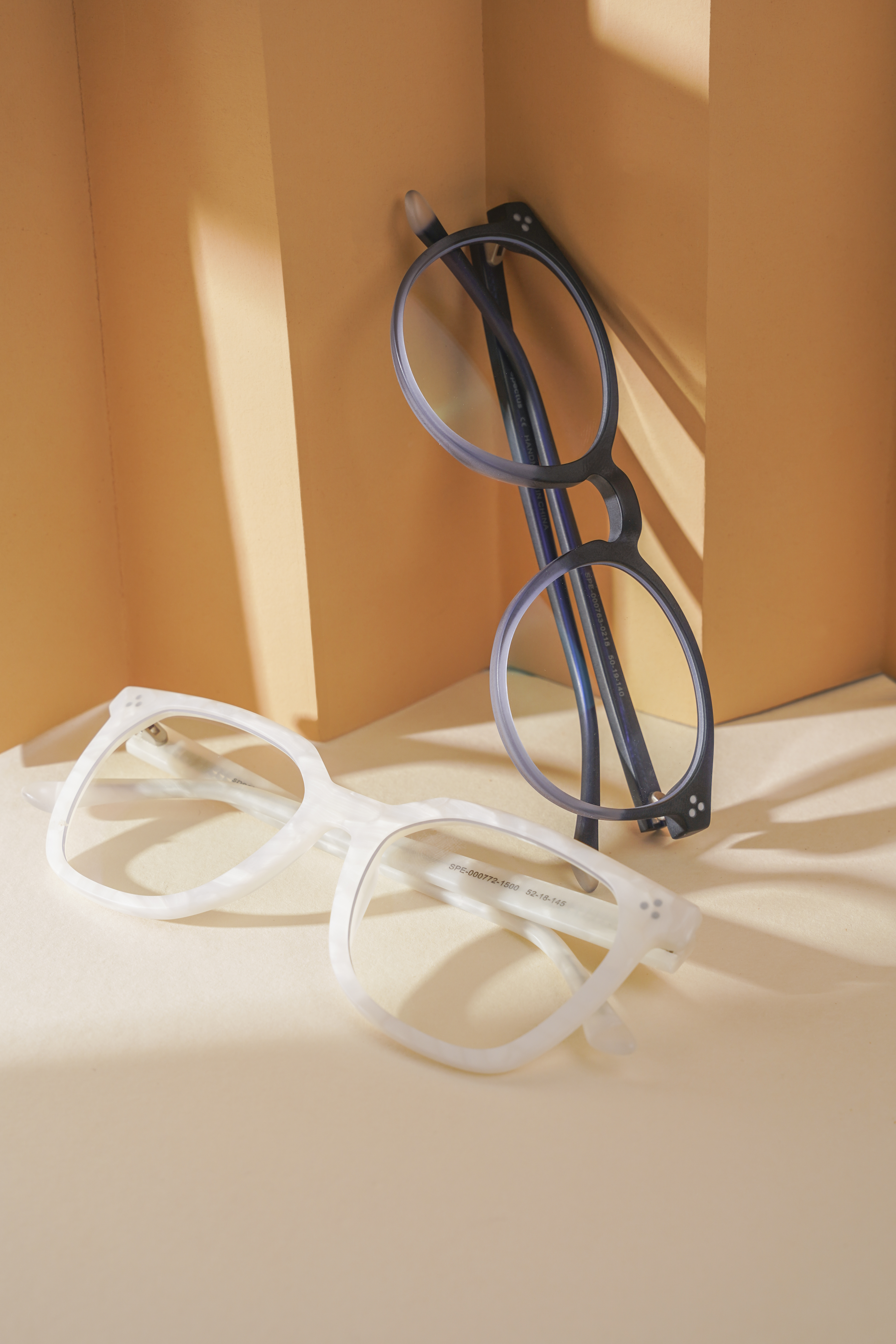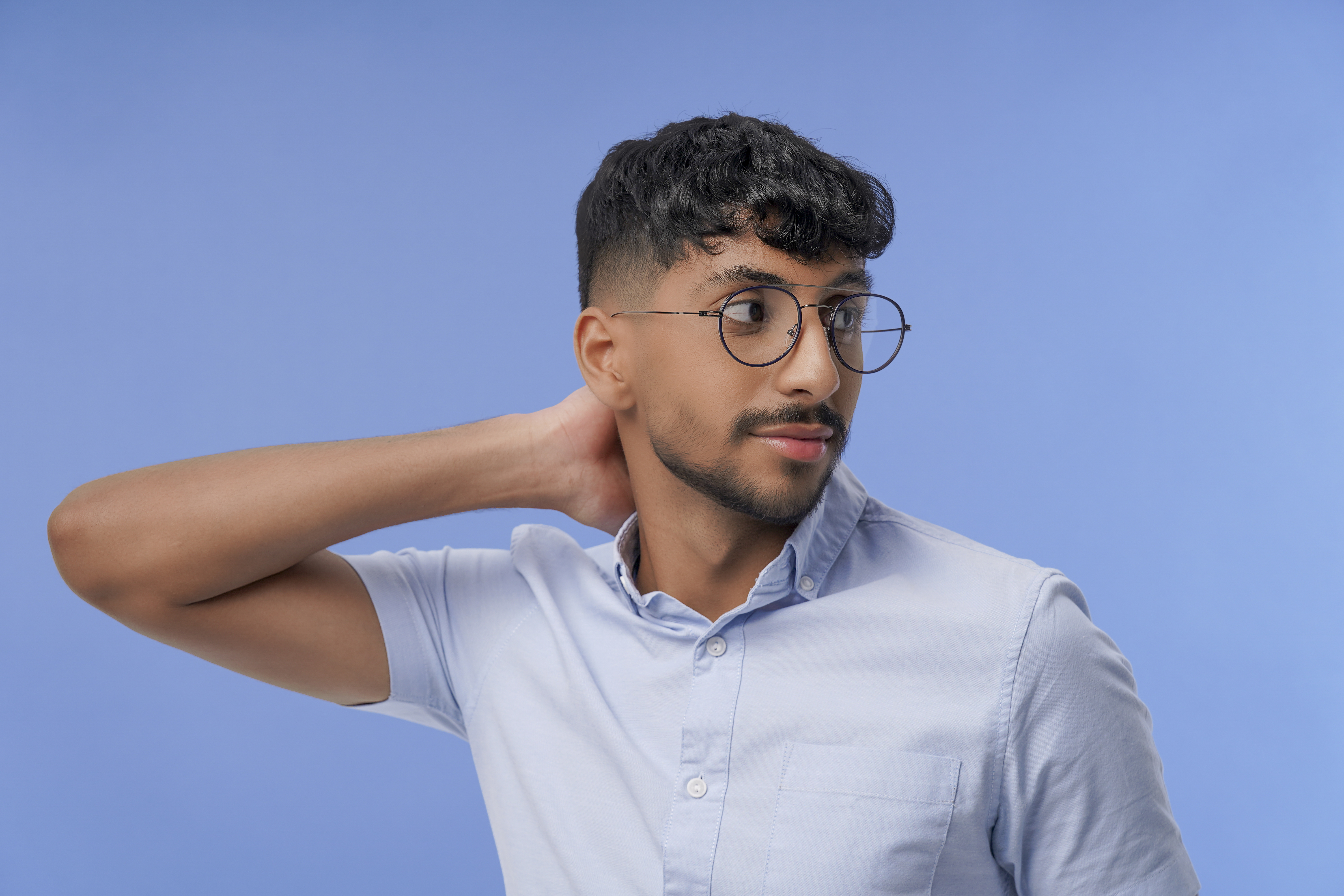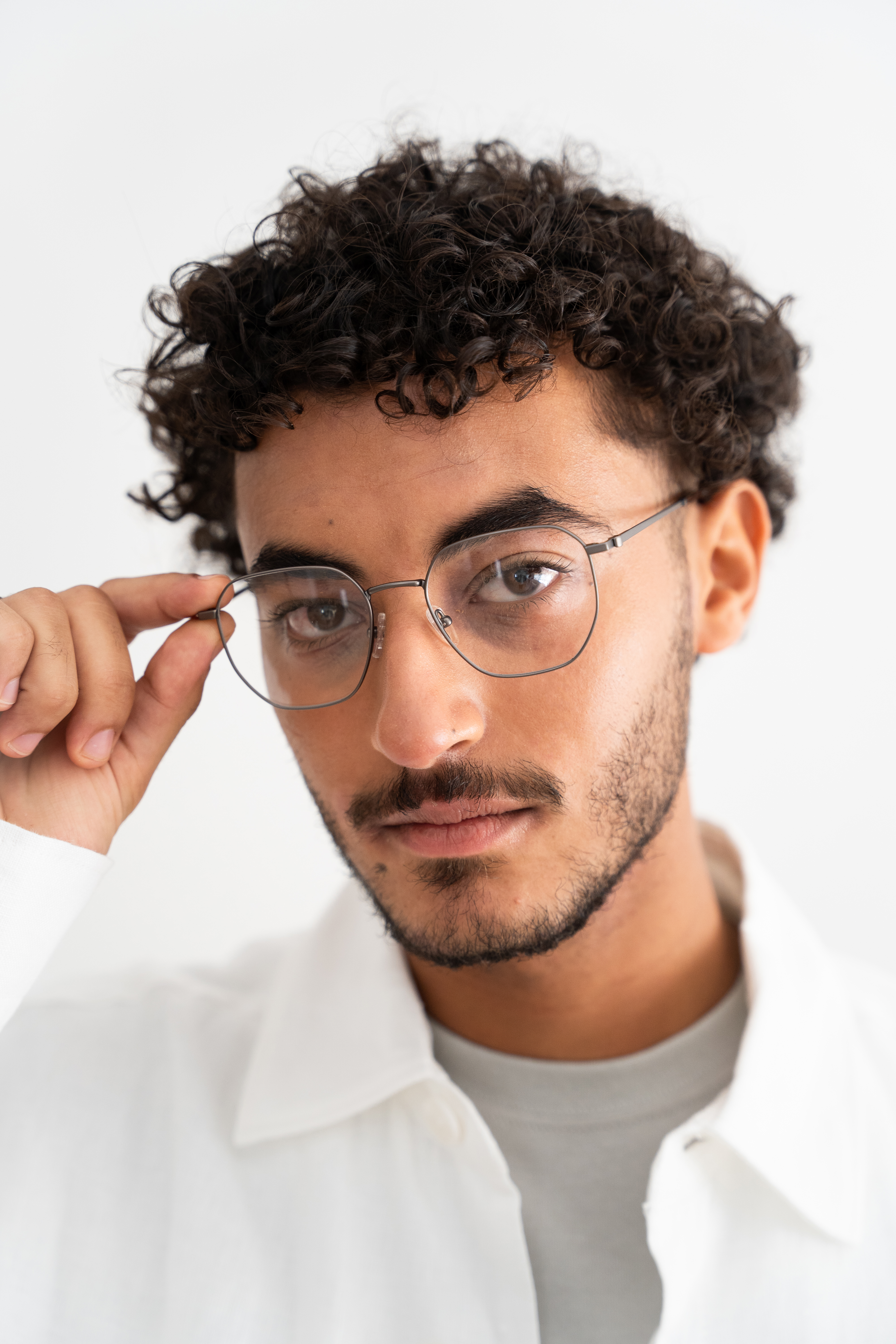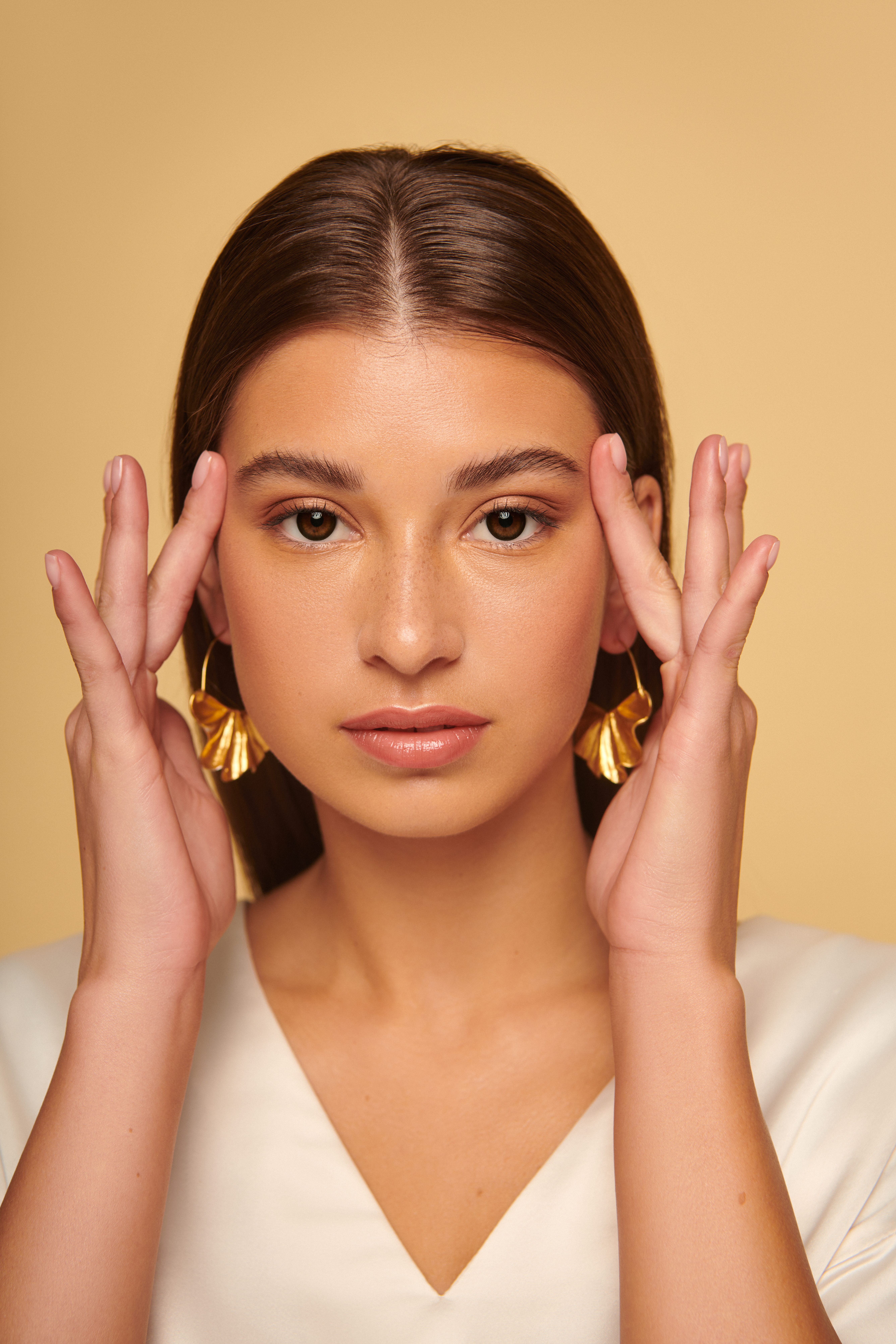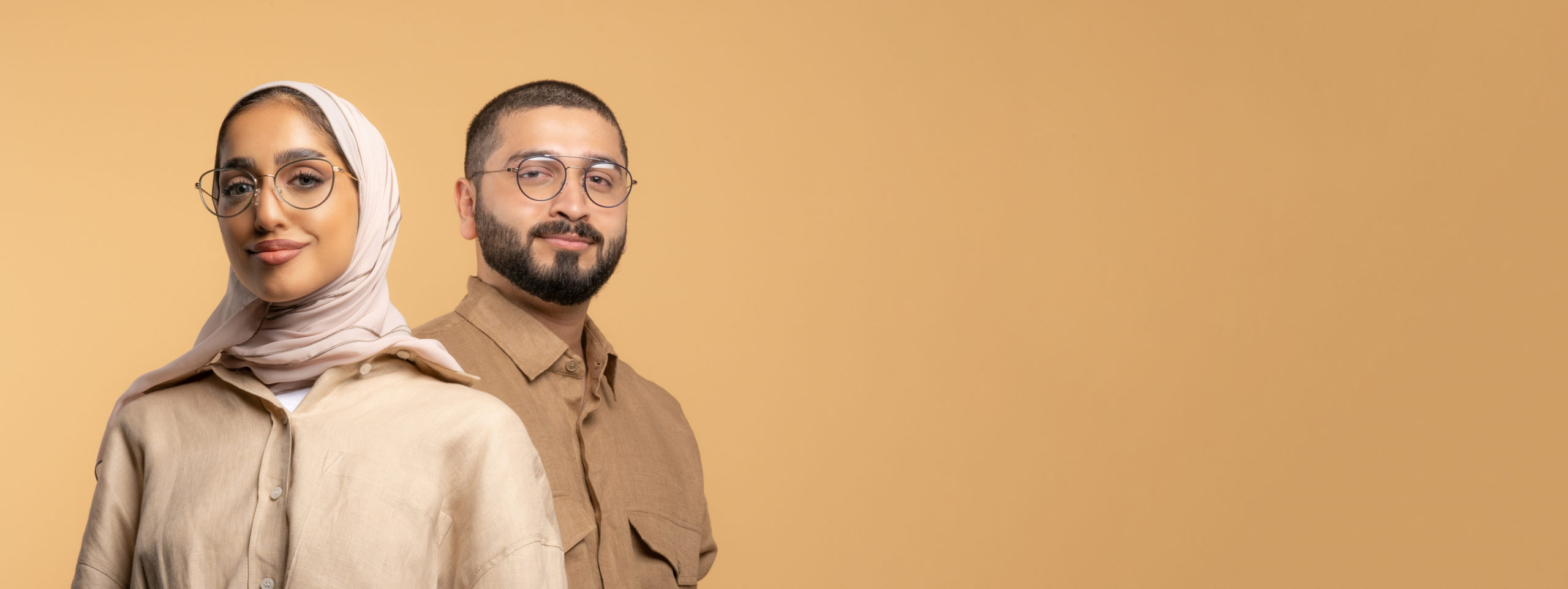In today’s world, most of us use digital devices like laptops, smartphones, smart TVs, tablets, smartwatches, and e-readers. All the screen time, whether in office or at home can lead to complaints of eye strain and discomfort. The very first step, whether for children or adults, is to get your eyes checked by an eye specialist. After the eye examination, the doctor prescribes lenses for correcting the vision and preventing further damage. These lenses can be either eyeglasses or contact lenses.
It may sound quite old-fashioned, but the eyeglasses still remain the first choice in vision correction.
How to read your eyeglass prescription
The eyeglass prescription follows a normal grid format. When looking at your eyeglass prescription, you may come across a few values and abbreviations. The corrective lens power of the eyeglasses is measured in diopters.
How many of us can actually read between those abbreviations and values to comprehend what is written on the prescription?
The following tips will help you to decode and decipher all the parts of your eyeglass prescription:
- OD: OD or oculus dexter is a latin term for the “right eye”. It indicates the strength of the lens that is prescribed for the right eye. Some doctors who have modernized their prescription might replace OD with RE (right eye).
- OS: OS or oculus sinister is a latin term used for the “left eye”. It indicates the strength of the lens that is prescribed for the left eye. Some doctors who have modernized their prescription might replace OS with LE (left eye).
- OU: OU or Oculus uterque, is a latin term which means “both eyes”. So, if both of your eyes need lenses of the same strength, your doctor may use the term OU instead of OD and OS.
- SPH (or Sphere): This number indicates the amount of lens power used to correct near-sightedness or far-sightedness. If the number has a (+) sign next to it, it refers to a condition known as hyperopia or far-sightedness. On the other hand, if the number has a (-) sign next to it, it indicates a condition known as short-sightedness or myopia.
- CYL (or Cylinder): This number refers to the strength that the lens needs to correct astigmatism. This is a condition where the cornea is irregularly shaped which leads to blurred or distorted vision. The number in the cylinder column may be preceded with a minus sign (for the correction of nearsighted astigmatism) or a plus sign (for the correction of farsighted astigmatism).
- Axis: Axis is a number anywhere between 0 and 180 degrees. This term and its value describes the degree and direction of astigmatism. The bigger this number is, the more astigmatism.
- Add: Add is the added magnifying power applied for reading, bifocal, multifocal and progressive lenses. The number in this section is always a “plus” power ranging from +0.75 to +3.00D. This power will be the same for both the eyes.
- Prism: A very small percentage of eyeglass prescriptions include this term. It refers to the amount of prismatic power needed to compensate for eye alignment problems. The amount of prismatic power is measured in prism diopters (p.d. Or a superscript triangle).
- Base: This value is generally seen in a Prism Rx. It indicates where the thickest edge of the prism will be. It can be either – BU (base up), BD (base down), BI (base in towards the nose) or BO (base out towards the ears).
- PD: PD or pupillary distance is the distance between the center of one pupil to the center of the other pupil. It is an important part of the prescription as it indicates the optical center of lenses for the best and most comfortable vision.
“With your prescription in hand, the next step is to grab the right pair of glasses”.
Here’s a style guide for your perfect pair of eyeglasses
While shopping for your perfect pair of glasses you need to consider a few basic things like:
The Face shape
1.Square face
People with square faces have a broad forehead, cheeks, and chin with a pronounced jaw. Oval or round glasses tend to soften the angular features and look great on a round face. Aviators, cat-eye style and square glasses are generally not recommended for a square face.
2. Round face
People with a round face have a soft look with a round chin and uniform width of cheeks and forehead. An elegant pair of rectangular glasses can add some contour and make the face look narrower. Round and oval glasses are generally not recommended for a round face.
3. Heart-shaped face
A heart-shaped face has a broad forehead, pronounced cheekbones, and a tapering chin. Just about any frame looks good on this face with ideal features. To bring a flatter appearance, a person can opt for an oval or round pair of glasses. For a softer contour, it is advisable to pick a delicate frame.
4. Oval face
An oval face already has a balance of pronounced cheeks with a narrow chin and forehead. The length of the face is twice as compared to the width making it easier to find the perfect pair of glasses. Almost every style looks good on an oval face.
Apart from the face, you can choose the eyeglasses that best suit your skin, eye, and hair color.
Skin tone
Skin tones are categorized as either “cool” or “warm.” A cool complexion has blue or pink undertones, and a warm complexion has a peach, cream or yellow cast.
Eye color
Eye colors usually are a secondary element in determining your coloring because of the many variations of eye color. For example, blue eyes can range from a cool almost-violet to a pale blue-gray, which is warm. Brown eyes can vary from a light cider shade (warm) through a medium-brown to a cool almost-black.
Hair color
Hair colors also are considered warm or cool. Strawberry blond, platinum, blue-black, white, auburn, salt-and-pepper and ash brown are cool. Warm hair colors include golden blond, brownish-black, brown-gold and “dirty gray.”
Eyeglass frame colors
Once you have determined if you are “warm” or “cool,” then you can find the eyeglass frame colors that will suit you the best.Some examples of frame colors best for warm coloring are camel, khaki, gold, copper, peach, orange, coral, off-white, fire-engine red, warm blue, and blond tortoise. For cool coloring, the best eyeglass frame hues are black, silver, rose-brown, blue-gray, plum, magenta, pink, jade, blue and demi-amber (darker) tortoise.
Type of eyeglass lenses
The choice of lenses to be used in eyeglasses depends on the type of vision problem diagnosed by the eye specialist. They may be:
- Concave Lenses: These lenses are used to correct myopia or near-sightedness. These lenses are the thinnest in the center.
- Convex Lenses: These lenses are used to correct hyperopia or far-sightedness. These lenses are the thickest in the center.
- Cylindrical Lenses: These lenses are most often used to correct astigmatism. Such lenses curve more in one direction than in the other.
In individuals with presbyopia, some excellent options of eye lenses include:
- Bifocal Lenses: Bifocal means “two focuses”, therefore the upper section is designed to give clarity of distance vision and the additional power on the bottom helps in the close up focus.
- Trifocal Lenses: Trifocal means “three focuses”, therefore are three focal points in a single lens. The top section is for distance vision, the middle is for intermediate vision (computer work) and the bottom is for reading or other close tasks.
- Progressive Multifocal Lenses: These lenses are an update on the bifocal and trifocal lenses. They have a seamless look and enable the user to see clearly at different distance ranges through a single lens. It gradually changes the power from top of the lens to the bottom. They are popular amongst many people as they provide a smooth transition from distance vision to intermediate/computer vision to near/reading vision. An ideal choice that minimizes adaptation and maximizes comfort and clarity.
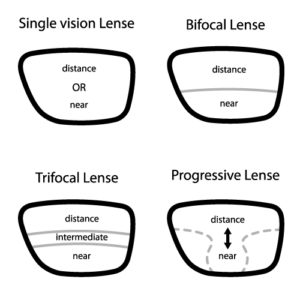
Material of the lenses
There have been a number of recent advancements to create thinner, lighter and scratch-resistant lenses as compared to the conventional glass or older plastic lenses. Few of the lenses that you can choose are:
- Polycarbonate Lenses: These are the lenses with a built-in UV protection. An ideal choice for people who are tough with their eyeglasses like sports persons, kids etc.
- Trivex Lenses: These lenses are made up of newer plastic that is quite similar to the polycarbonate lenses. With an advantage of being lightweight, thin and impact-resistant they may also aid in correcting the vision a little better in some people.
- High-index plastic Lenses: People who have a strong eyeglass prescription can avoid lenses with thicker edges by opting for the high-index plastic lenses. They are a perfect blend of comfort and style as the lenses are much thinner and lighter .
- Aspheric Lenses: With the aspheric lenses, the thin is in. The complex front surface changes the curvature from the centre to the edge of the lens. This feature attributes to the slimmer and attractive profile of these lenses.
- Photochromic Lenses: These lenses change from clear to tinted in the sunlight. This further reduces the need for an extra pair of sunglasses.
- Polarized Lenses: An excellent choice for sports and driving, these lenses are used for glare reduction. They contain a laminated filter that allows only the vertically oriented light to pass through. They are usually available in two colors – gray and brown.
Frame Types
- Full Rimmed Frames: Full rimmed frames are the right choice for that bold look you are looking for. These frames fully enclose the lenses providing a sturdy and stylish look to the eyeglasses. These are available in extravagant colours and all frame materials like acetate and plastic to metal and titanium.
- Rimless Frames: Modern and lightweight, rimless frames keep a low profile on the face. They are a stylish option that are available in various metals including titanium.
- Semi Rimless Frames: Bringing in best of both the worlds, semi rimless frames are a hybrid of full rimmed and rimless frames. They are more lightweight than full rimmed frames but bolder than the rimless frames with better durability.
- Low Bridge Frames: A perfect solution for people with low nose bridges, these frames do not allow your eyeglasses to slide down your nose. They rest easier on your face without burdening your cheekbones.
How many pairs of glasses do you need?
It is advisable to pick an extra pair of eyeglasses just in case one is lost or breaks.
Some useful tips to take care of your eyeglasses
1. Always rinse your glasses with water or lens cleaner and clean with a non-tint cloth.
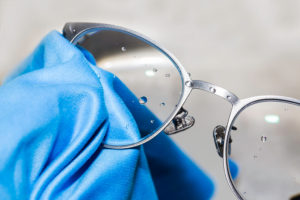
2. Avoid using paper towels, tissues or napkins to dry or clean the lenses.
3. Avoid cleaning a dry lens as tiny particles of dust or dirt can cause abrasion.
4. Hold the frame by gripping the piece that crosses the bridge of the nose to avoid bending of the frame.
5. Store them in a clean, dry place away from things that can hurt them. Don’t lay the glass lens down as it can result in scratches
Takeaway
- Go for an eye examination every 6 months.
- Purchase your eyewear according to the prescription suggested by the eye specialist.
- Your prescription for eyeglasses isn’t a prescription for contact lenses

